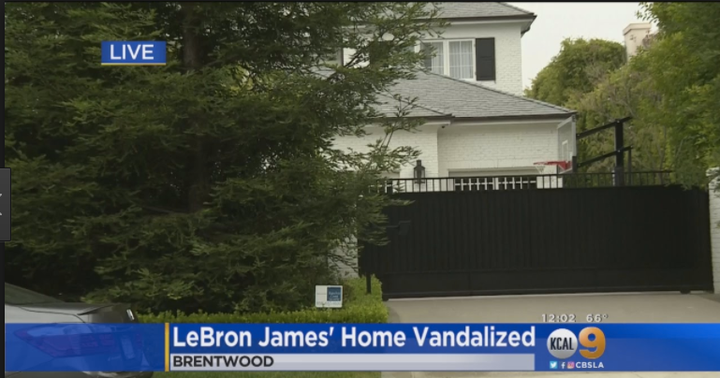
For the last three years, each time I thought we hit a nadir in race relations in my lifetime, I implored White people to look ourselves in the mirror and change.
In 2014 it was the non-indictment of Darren Wilson. In 2015 it was Charleston. In 2016 it was Alton Sterling and Philando Castile.
The pace and scale of White supremacist terrorism keeps mounting.
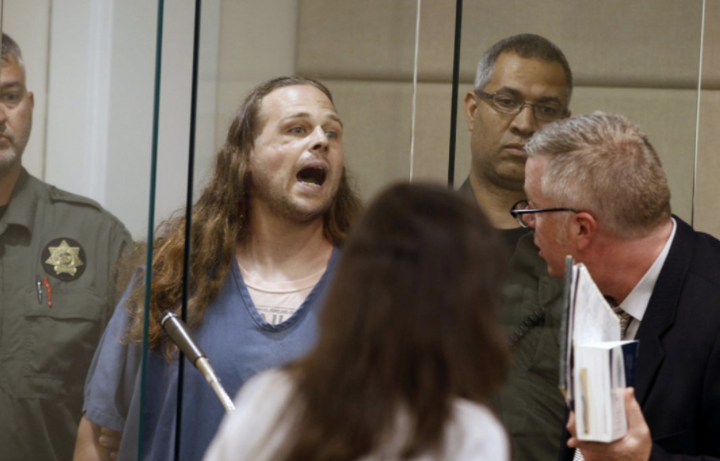
As the summer of 2017 begins, I fear that we are headed to civil war.

White people-my people- there are only two sides. As Desmond Tutu observed:

Now is the time to recognize we must change, we must speak out, and we must stamp out racism from our minds, relationships, and spheres of influence.
It is not enough to not be racist. We must be antiracist.
And most of our understanding of what it is to not be racist is wrong.
Ifyou’re like me, Mom and Dad taught me that Martin Luther King was great. Racism is terrible. And the way to not be racist is to be colorblind and to never mention race.
“Because of the very successful-and wonderful-civil rights movement, opportunities are now distributed evenly in our society.
Some families- like ours- work hard, and that’s why we have our lifestyle. Other families choose not to- and that’s on them.”
Sound familiar?
This explanation of racial inequality is also inaccurate, harmful, and racist AF.
It allows White people to believe we are not racists, while simultaneously believing that we are superior “hard workers” and people of color are inferior and “unwilling to work hard.”
In other words, we are White supremacists who think racism is wrong and has nothing to do with us.
Huh?
This explanation thrives in all White spaces like the community where I grew up, as well as in the all White spaces I see too frequently as an adult in professional and social circles.
And in the workplace.
Growing up, almost all my understanding of people of color was formed by the media. I never actually saw my parents interact with any people of color.
This was not intentional on their part-we didn’t know any. There were two Black students in my nearly all White high school.
I realized just recently that my original stomping ground was a “sundown town,” a place where people of color could not rent nor own a home, much less stay in a hotel.
Sundown towns were as American as apple pie, omnipresent in this country until the 1960s, when federal law made their ordinances and practices illegal.
The law changed. De jure. Residential patterns, and mindsets, did not. De Facto.
Instead, the problem — the phenomenon — shifted, took on a different shape to accommodate present conditions.
“Millennialized” itself, if you will.
I moved from my hometown to Washington, DC, Austin, Texas, New York City, and San Francisco, California.
I gentrified neighborhoods while pursuing the limitless career opportunities available to me in these cities.
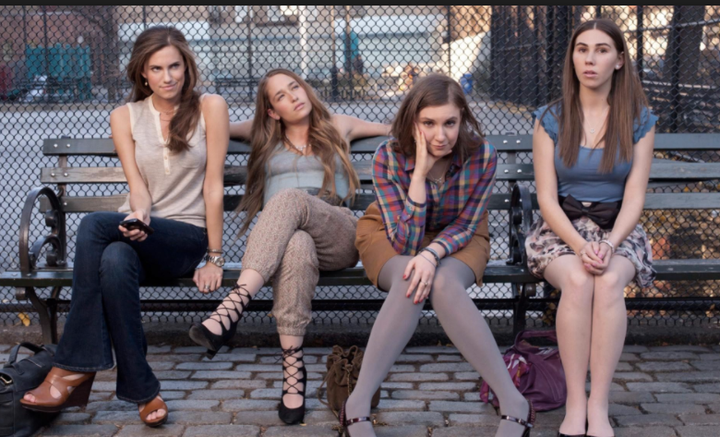
Different means. Same result. Displaced people of color working, searching, dying, for their part of the pie; educated White friends and colleagues — young urban professionals like me leaving places like my hometown — coming to live the “urban life.”
Living as if the challenges people of color face have nothing to do with us.
Being colorblind and not mentioning race, while believing Martin Luther King is wonderful, and almost exclusively associating with other White people.
Maintaining all White space, surrounded by people of color.
Mom. Dad. Friends. My people. We need to look at ourselves in the mirror.
Much of the problem is that we believe this problem has nothing to do with us at all- that “those bad racists over there” are responsible.
The Civil Rights movement catalyzed great change, but did little to change White Americans’ ideas about who we want as neighbors, who we want our kids to go to school with, who we want to hire, who we hang out with, and who we fear.
Our choices continue to have an adverse effect on those who don’t look like us.
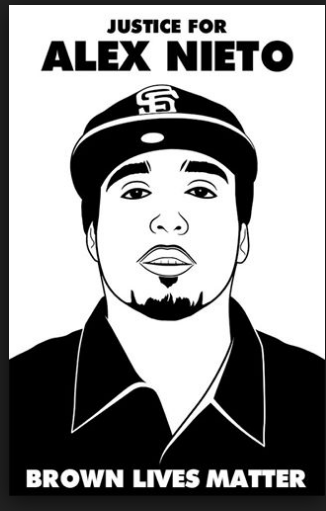
Those “bad racists” are US, my friends.
It’s no wonder why fifty years after discrimination was outlawed, the zip code we are born in is much more predictive of our life outcome than our innate talent and drive.
Yes it is true we work hard.
And it is also true we are beneficiaries of specifically designed and racially contingent support systems that facilitate wealth creation.
From the employment opportunities we learn about through our White social networks, to the mortgage interest deductions we take on our taxes, we are set up for success largely because of our hue, and not our merit.
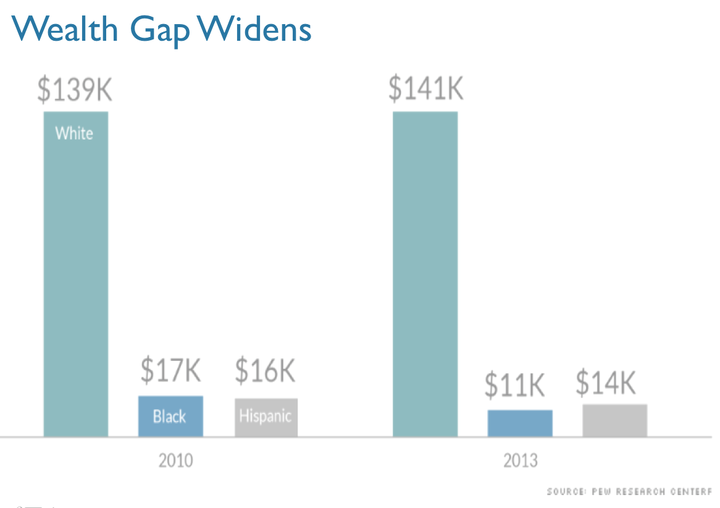
Yet somehow White people are aggrieved.
White people’s willful blindness to the way race works in our society was a problem long before the election, appointments, and agenda of a Presidential candidate endorsed by the Ku Klux Klan, who based his campaign on racism.
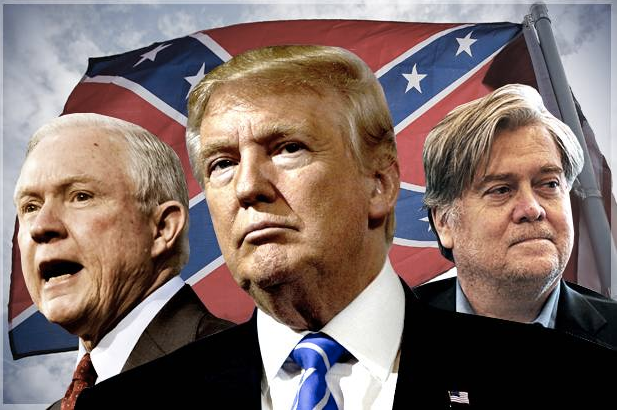
As America’s demography changes, continuing to harbor White supremacist beliefs imperils us all.
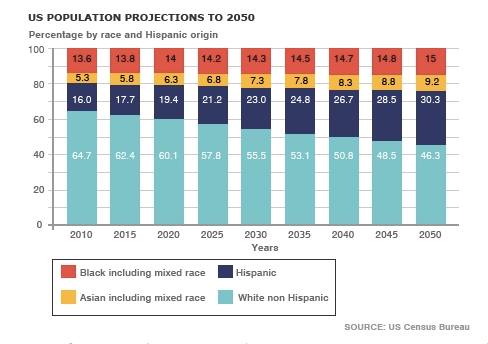
Ridding our minds of White supremacy is both a moral and practical imperative.
Racism is causing real harm to everyone in our society, and we, my people, have much to gain by stopping it. Until we face the truth about racism, conscious or not, we will not truly know ourselves.
Until we face the truth about racism, many problems will remain unsolvable, no matter how much effort we expend on them.
If we sit idly by while White supremacists kill and inflict terror, we are as guilty as they.
The lie? “I don’t have a racist bone in my body.”
The truth? All of us have been raised to believe in White supremacy.
We can overcome with a tremendous amount of work.
The first step is to admit that this is true.
Which side are you on?
Karen Fleshman is a Racial Equity Trainer and Government Accountability Activist. Her mission is to build and support a community of people committed to love, learning, accountability, and action on race in America. www.karenfleshman.com @fleshmankaren
